Würzburg’s vineyards look their best from spring through autumn. Bursts of green turn into golden hues, and the city buzzes with wine festivals and harvest celebrations.
I love wandering the rolling Franconian hills, especially when new vine leaves glisten in the spring sun. The region just comes alive for its famous wine events.
One of my favorite experiences here is visiting in July during the “Wein am Stein” festival. Or maybe joining the lively wine parade that fills the market square in late August and early September.
These months fill the air with the scent of fresh grapes, and local wine flows everywhere. It’s a special time for anyone who wants a true taste of Franconian tradition.
Autumn feels just as magical. The vineyards glow with deep reds and golds, and every small town seems to catch the festive spirit of harvest.
If you want to see Würzburg’s vineyards at their most beautiful, plan your trip for the spring wine festivals or during the vibrant harvest season in autumn.
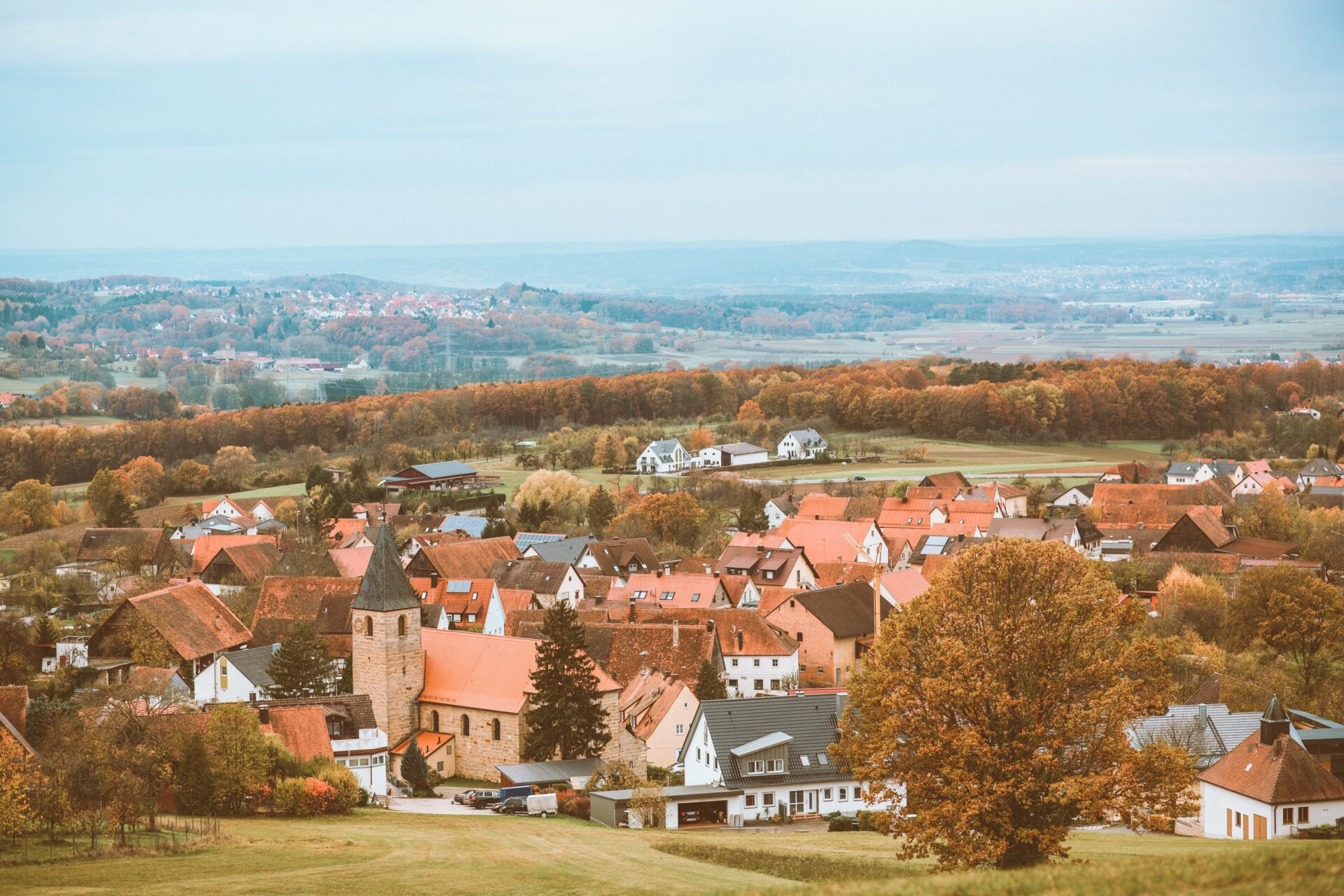
Seasons of Beauty: When Würzburg’s Vineyards Shine
Every time I visit Würzburg, I discover something new in the vineyards. Each season brings its own charm for wine lovers, photographers, and anyone chasing the story of the Franken wine region.
Spring Vine Awakenings & The Onset of Wine Festivals
In spring, Würzburg’s vineyards wake up. Young vines stretch bright green shoots across the rocky hills of the Stein vineyard.
Winemakers at places like Weingut am Stein get right to work, checking the first buds and prepping for a busy season. Late spring—think May and June—pulls me outside to wander the vine rows.
You’ll notice the air feels crisp, with a hint of earth and blossoms. The city buzzes as the first wine festivals appear.
Locals and visitors gather to taste young Franconian wines, share laughter, and listen to music at open-air wine stands.
The energy at these events is infectious. Steinwein, with its round Bocksbeutel bottles, gets poured fresh and cool.
Tables spill into the streets. It’s a great time to meet winemakers and try specialties that only show up for a short season.
Spring’s promise lingers in every glass.
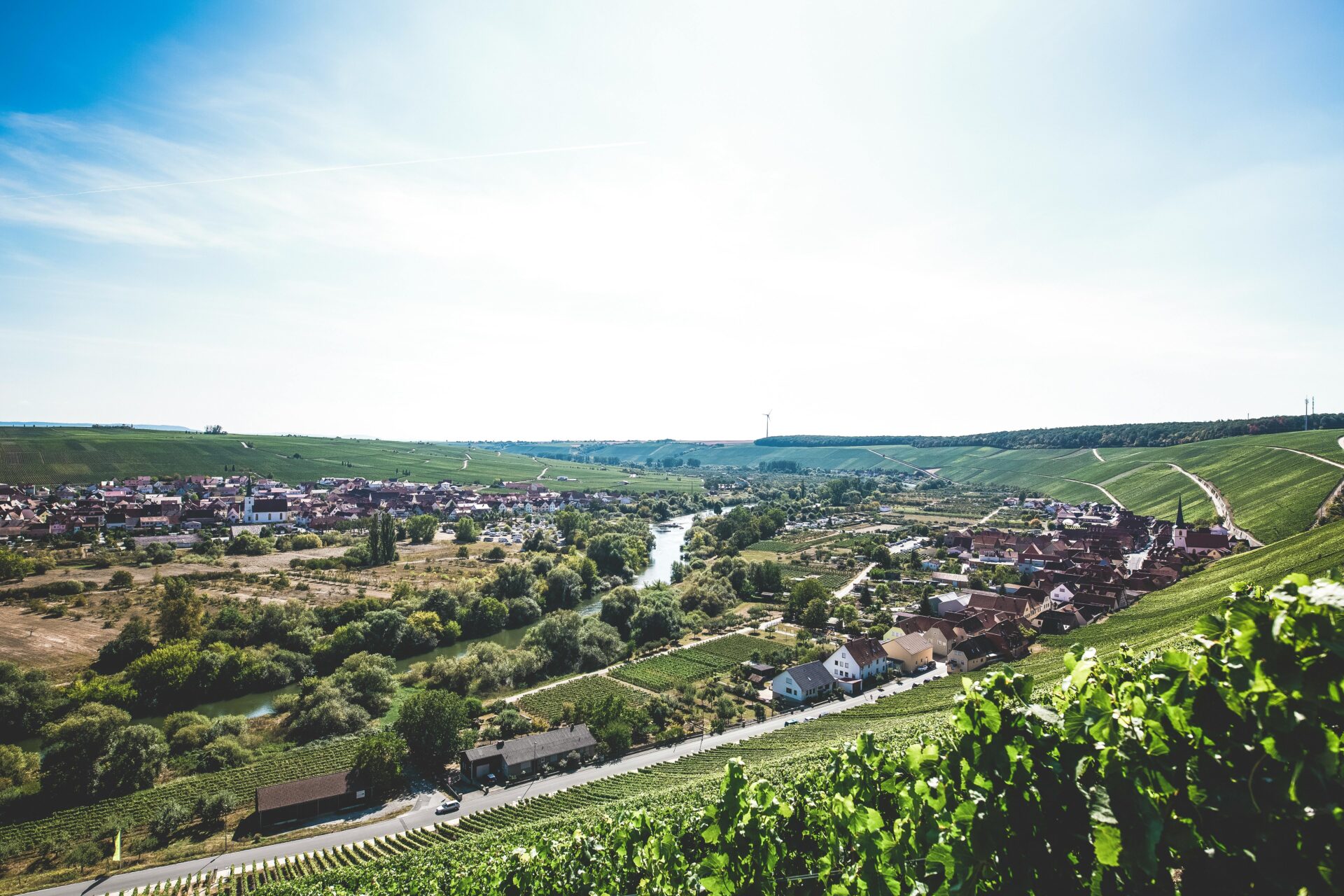
Autumn Harvest Colors & Golden Vineyard Landscapes
Autumn in Würzburg looks like a postcard. Vineyards along the Main river valley shift from green to deep gold and orange.
I always get mesmerized by the patchwork of color on the hills, especially in the Stein vineyard. The view from above the city takes on a warm, golden glow.
Harvest time—usually September into October—brings a flurry of activity. Workers hurry through the rows, clipping bunches of grapes for pressing.
Some wineries, like Weingut am Stein, open up for tours or tastings. Visitors can watch the winemaking process or even join in the picking.
Walking the trails or sitting at a hillside lookout, I catch the scent of ripe fruit and fermenting juice. Local restaurants and wine taverns update their menus, serving hearty dishes and young “Federweißer” (new wine) with onion tart.
Autumn’s beauty makes me want to linger until sunset, camera in hand.
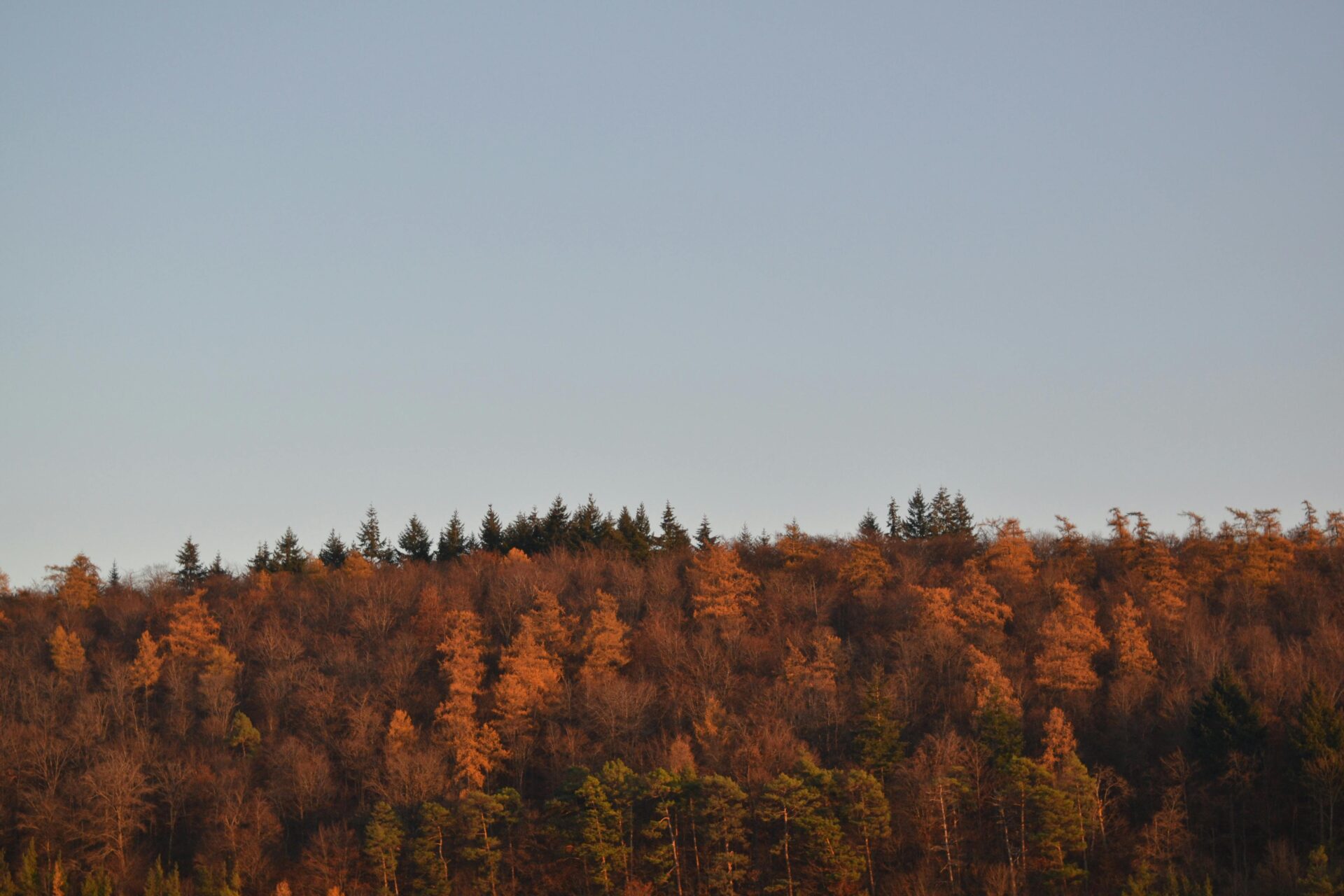
Summer’s Lush Green Vine Rows
Summer turns the hills around Würzburg lush and deep green. Rows of grapes shimmer under the sun, and I love hiking the paths between the vines.
The leaves make shady tunnels, while grapes slowly ripen, hinting at the harvest to come.
The city comes alive with big wine events—Wein am Stein in July is a highlight. I always join locals overlooking the Main river, tasting crisp Silvaner and Riesling while guitars strum and food stalls serve Franconian snacks.
The atmosphere feels vibrant but still relaxed.
This is when Würzburg’s outdoor life and winemaking traditions really shine together. Vineyards welcome guests for tastings under big sun umbrellas.
The Main river sparkles nearby, reflecting the green slopes. Summer in the Franken wine region is about sharing a glass, making friends, and feeling like you’re part of the landscape.
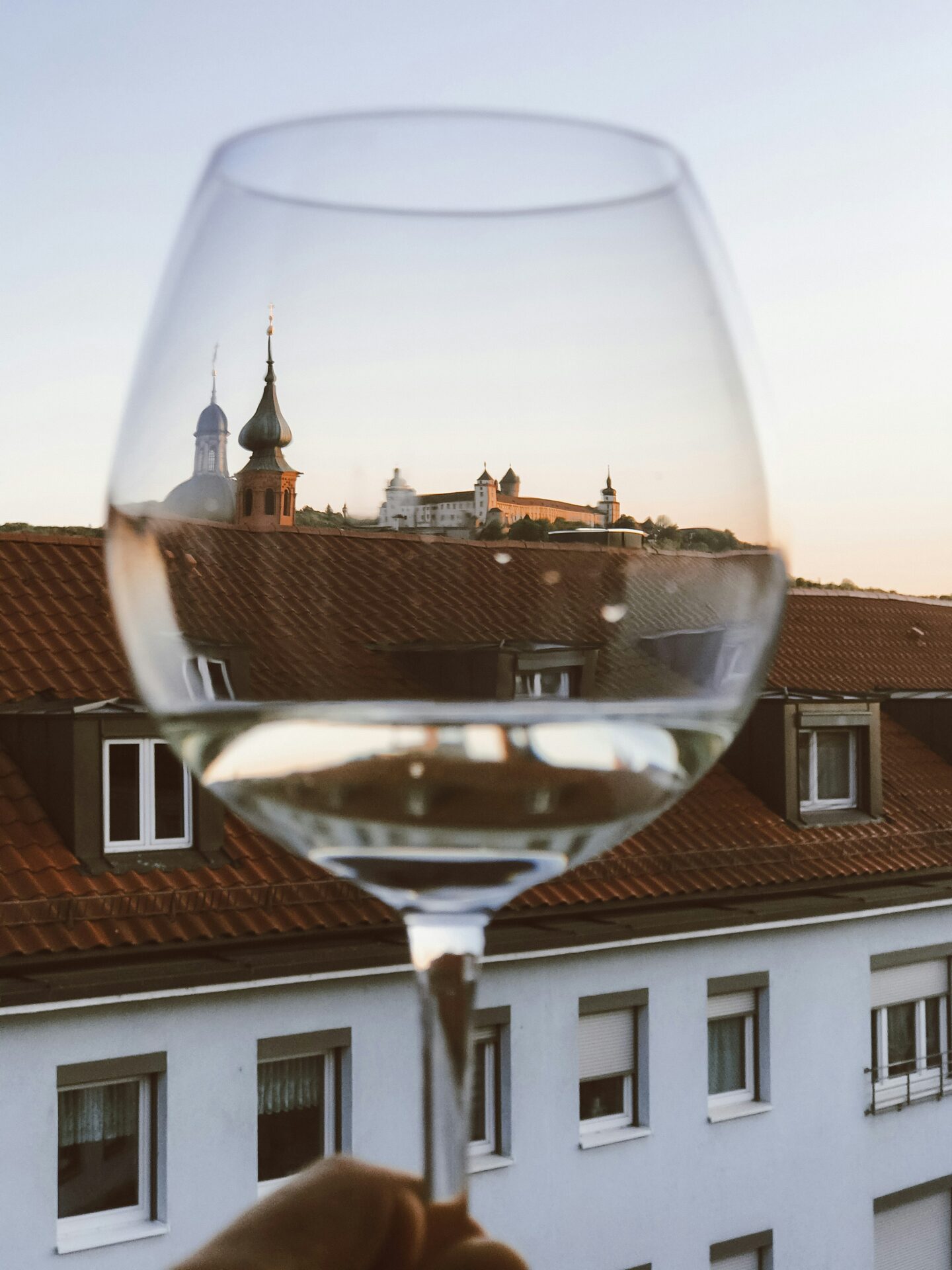
Spring Wine Festivals: Celebrating The Arrival of Local Wines
When the last winter chill fades and Würzburg’s vineyards turn green, the city shifts into festival mode. I love watching locals and visitors gather for crisp tastings, music, and the first glasses of the new vintage.
Every glass here tells a story of heritage, tradition, and real Franconian hospitality.
Wein am Stein: The Ultimate Würzburg Wine Gathering
Wein am Stein stands out as one of Würzburg’s most iconic festivals. Set high above the city at the Stein vineyard, the event delivers breathtaking views over Würzburg while you sip Bocksbeutel-bottled wines under strings of lights.
I always enjoy its relaxed vibe. Locals mingle at long wooden tables, savoring Silvaner, Riesling, and other local varieties.
Live music fills the air every evening, setting the perfect mood as the sun dips behind the fortress.
Food stalls serve Franconian favorites—pretzels, sausages, and more—to pair with the wine tastings. I’ve discovered new favorites just by chatting with winemakers, who love to showcase what makes their estate unique.
Event Highlights:
| Feature | Details |
|---|---|
| Location | Stein vineyard, overlooking Würzburg |
| Signature Wines | Silvaner, Riesling, Spätburgunder |
| Atmosphere | Lively, festive, panoramic views |
| Food Offerings | Franconian snacks, regional specialties |
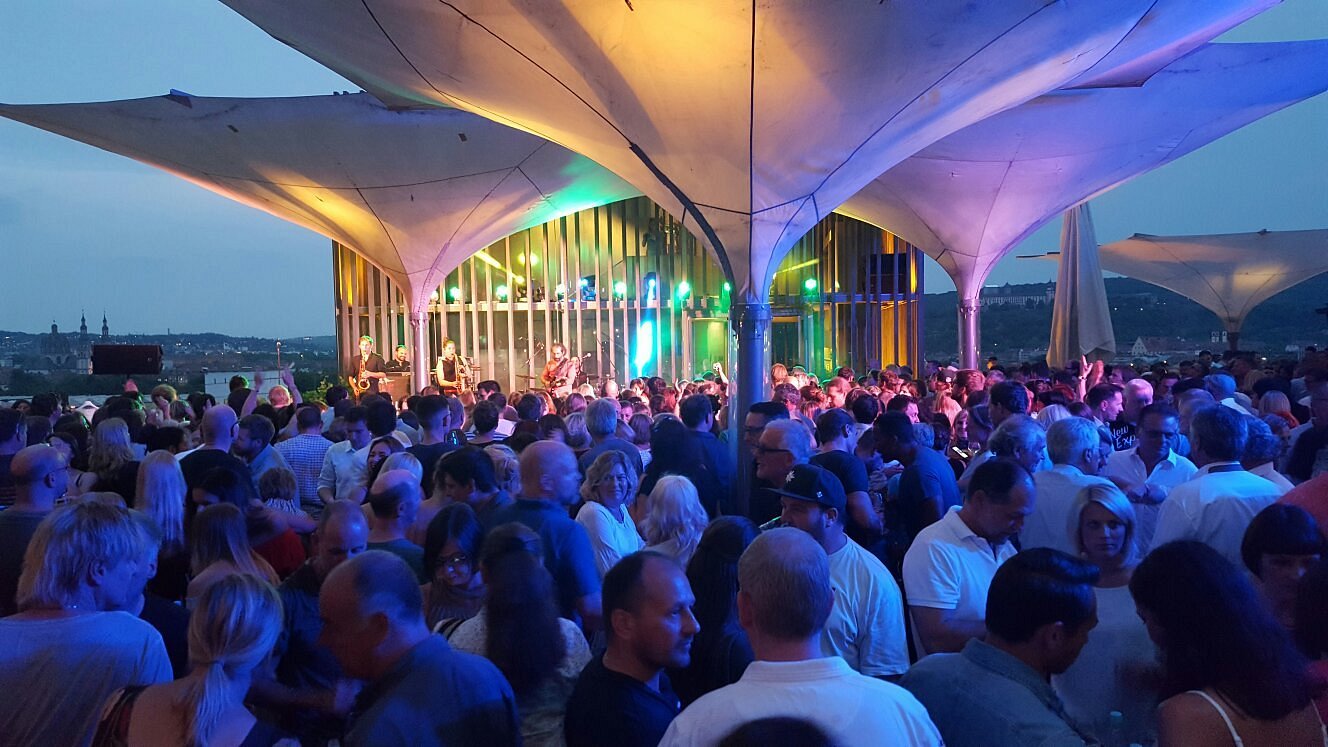
Exploring Classic Franconian Wine Festivals
Beyond Wein am Stein, Würzburg and the Franconian region host several traditional wine festivals each spring. I never miss Brückenschoppen, where locals gather on the historic Old Main Bridge, clinking glasses while the river sparkles below.
Classic festivals take over charming town squares and cobbled streets. Bands play folk music as families share picnic tables, and the scent of roast pork drifts through the air.
At each festival, winemakers pour authentic Franconian wines in the iconic flat, round Bocksbeutel bottle.
I think these festivals are perfect for seasoned wine lovers and curious newcomers alike. The community spirit feels genuine, welcoming you to taste, learn, and laugh—no pretense, just great wine and friendly company.
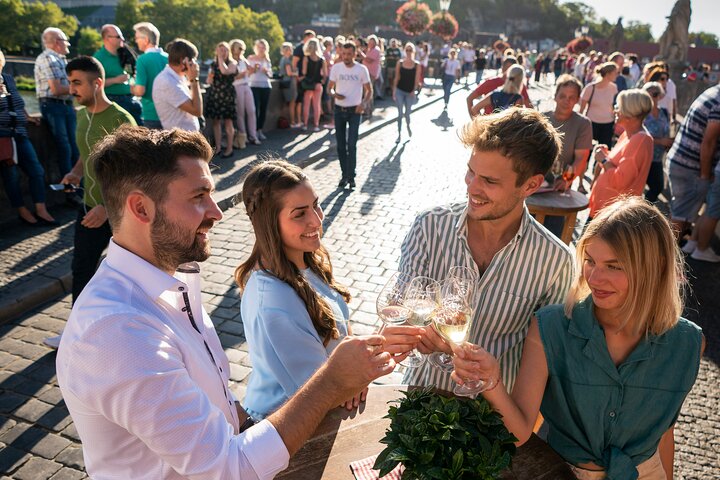
Tasting Silvaner, Riesling, and Other Local Varieties
What makes Würzburg’s spring festivals so memorable for me is the lineup of local wines. Silvaner always steals the show.
Its crispness and minerality capture the essence of the region’s limestone soils. Riesling comes next—aromatic, refreshing, with orchard fruit notes that shine on sunny afternoons.
Other favorites include Müller-Thurgau and Bacchus, offering lighter, more floral options. Every tasting brings explanations from winemakers or volunteers, so I pick up something new with each glass.
Wine tasting tip: Look for flight tastings that compare Silvaner from different villages. Don’t hesitate to ask questions.
Many stalls offer small bites, letting me pair new wine discoveries with local cheeses or smoked meats. These moments really define spring in Würzburg for me, when the flavors are as fresh as the green vineyards surrounding the city.
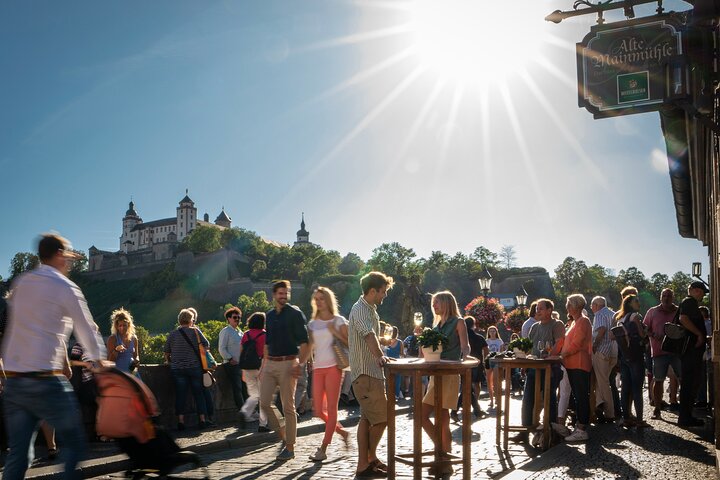
Autumn Harvest: A Tapestry of Colors and Flavors
In Würzburg, autumn transforms the vineyards along the Main River. The season glows with golden vines, deep red leaves, and the buzz of harvest.
Fall in this Franconian region isn’t just about beautiful views—it’s filled with traditions, flavorful wine, and seasonal specialties.
Golds and Reds: Vineyard Views on the Main River
As September turns into October, I’m drawn to walks along the Main River. The steep slopes around Würzburg burst with color, rows of vines turning gold, amber, and burgundy.
Early mornings feel especially magical. Light reflects off the water, and mist rises between the vines, giving the valley a storybook atmosphere.
Some of my favorite viewpoints are at Kapellenberg or the Stein-Wein-Pfad trail. It’s easy to see why painters and photographers flock here.
I like to stop at a scenic bench, just to take it all in and snap a few photos. The harvest hues in this part of Franconia really are something special.
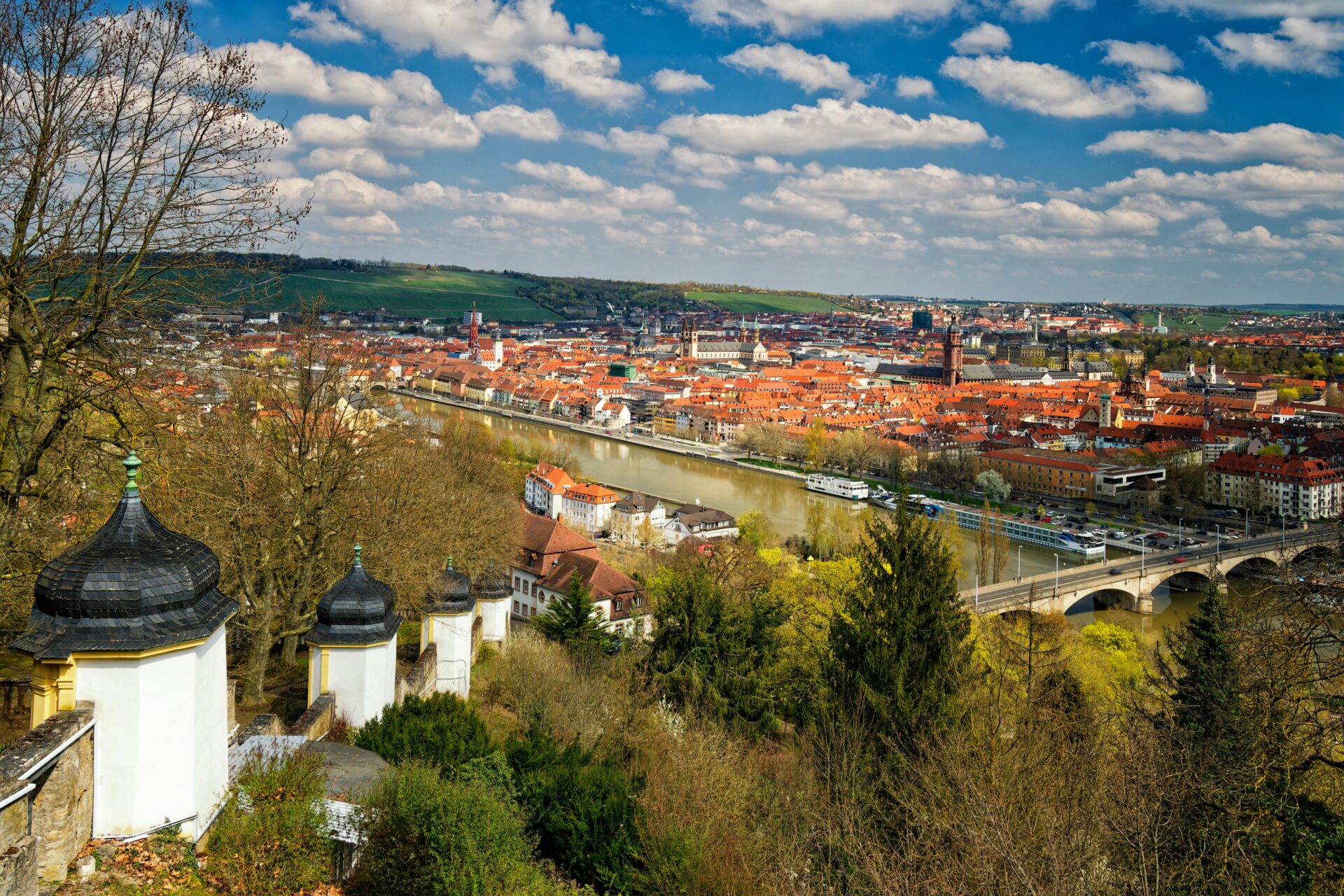
Harvest Celebrations in Historic Cellars and Weinstuben
Autumn harvest in Würzburg means the city’s historic wine cellars and cozy weinstuben fill with celebration. I always look forward to the new wine, or Federweißer, which flows freely in these traditional wine bars.
In many family-run cellars, candlelight glows against old stone walls while guests gather at long, wooden tables.
Here, Franconian specialties like Zwiebelkuchen (onion tart) or fresh pretzels are served right alongside the first tastes of the vintage.
Many producers open their cellars for wine festivals. It’s a chance to try young wines and enjoy music, laughter, and the aromas of harvest.
A quick list of things I love during harvest celebrations:
- Tasting Federweißer
- Sharing traditional snacks
- Listening to local musicians
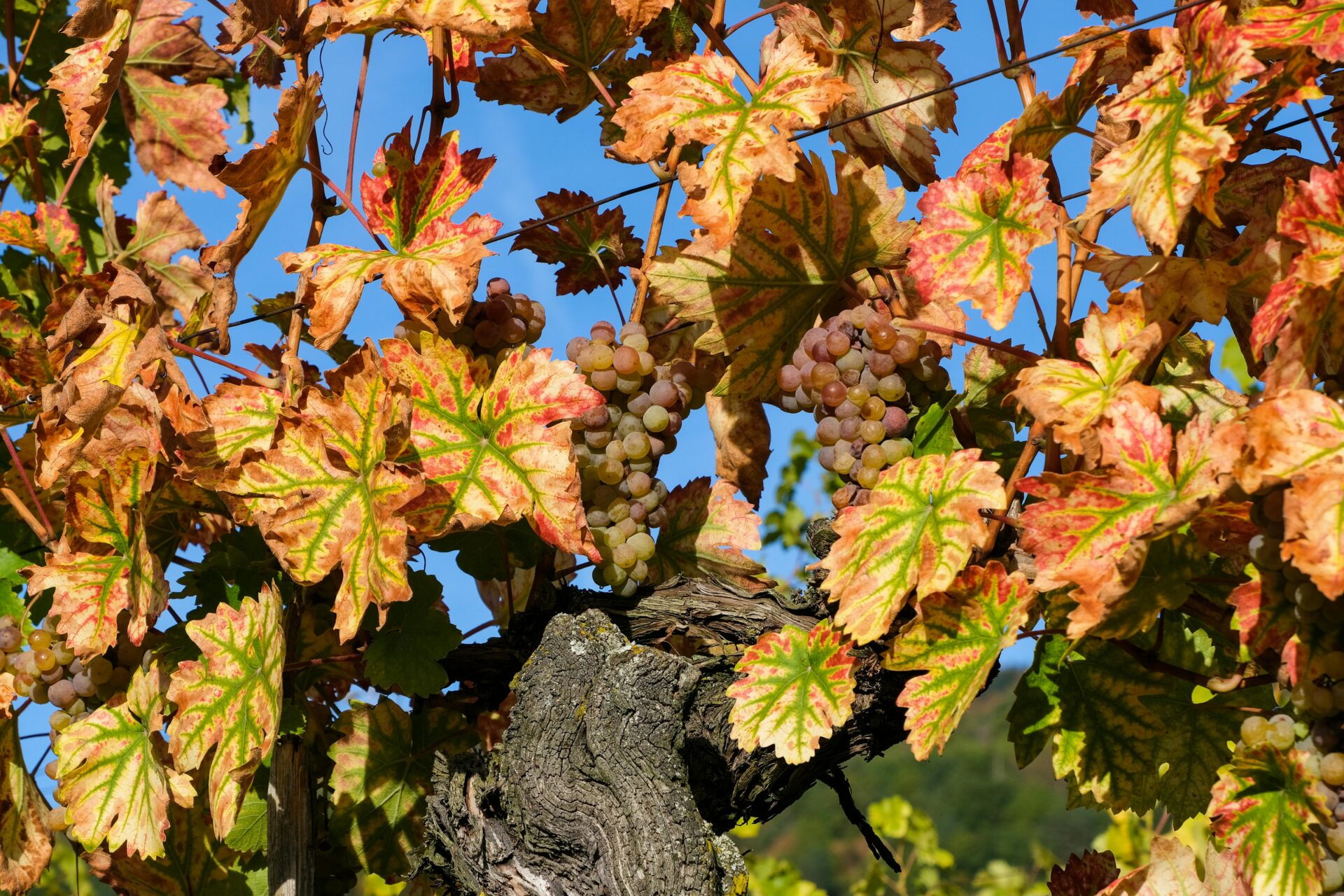
Wine Tours and Guided Tastings Among Changing Leaves
No autumn visit to Würzburg feels complete without joining a guided wine tour. Walking between rows of vines, guides share stories about the harvest, the Franconian wine tradition, and the unique local soils.
Many producers offer tasting flights right in the vineyard, pairing wines with seasonal bites. I like chatting with winemakers—many love talking about the year’s weather and harvest challenges.
Guided tours often stop at multiple vineyards, offering a deeper look at the different wine styles. Some tours lead right into historic cellars for a comparison of old vintages.
Guided wine tours in autumn usually include:
| Experience | Description |
|---|---|
| Vineyard Walks | Explore vines bursting with autumn color |
| Wine Tastings | Sample Riesling, Silvaner, and more |
| Cellar Visits | See old barrels and learn about local traditions |
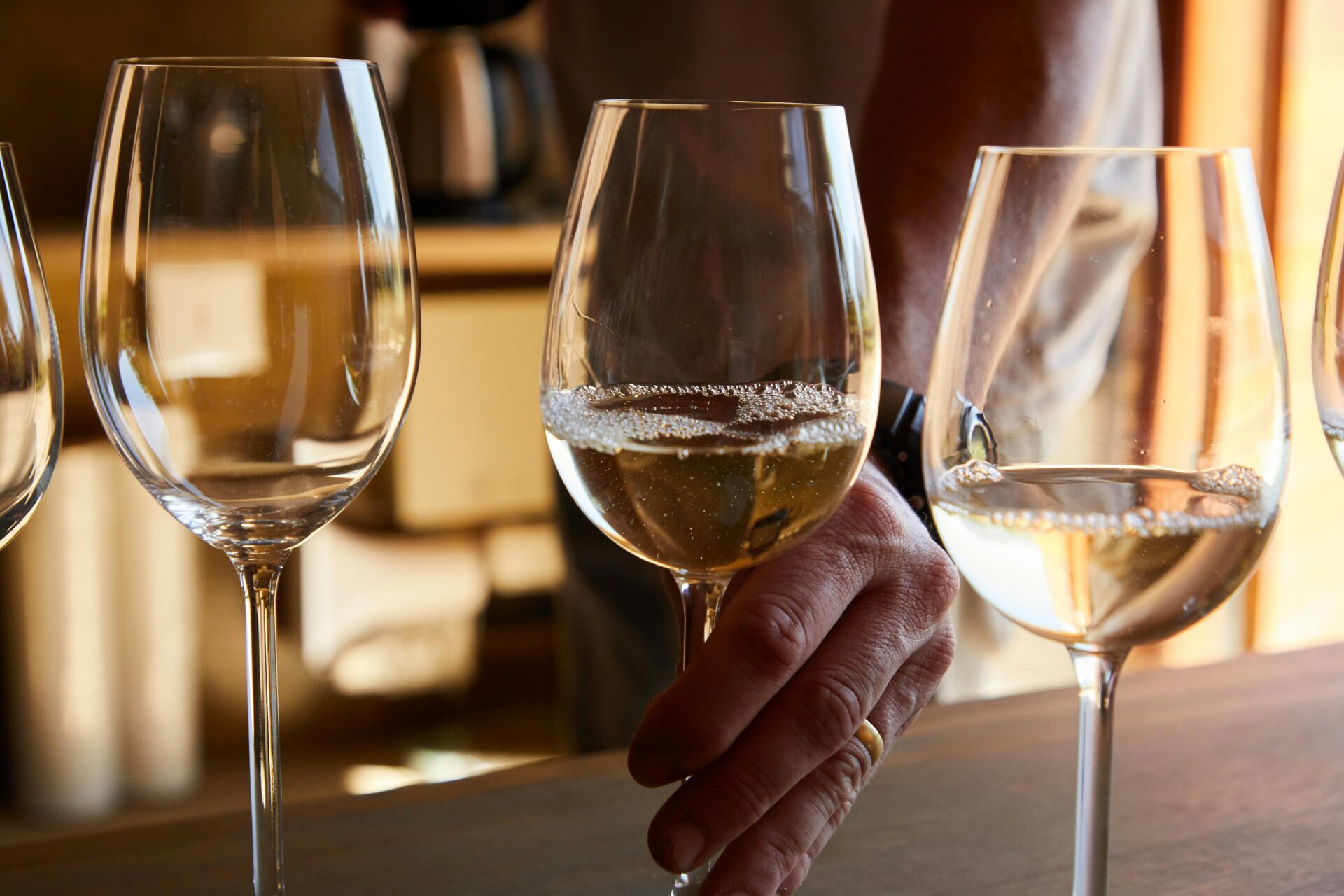
Würzburg’s Must-See Vineyard Landmarks & Architectural Gems
Würzburg stands out for its mix of grand architecture and sweeping vineyard landscapes. Some of the city’s best-known sites combine history, winemaking, and picture-perfect views that I always love exploring myself.
Marienberg Fortress and Stein Vineyard Terrace Views
Nothing beats the climb up to Marienberg Fortress (Festung Marienberg). Perched high on a hill, the fortress offers some of the best lookout points in Würzburg, especially with the lush rows of Stein Vineyard below.
From the terrace, I gaze south over the Main River, watching the light move across the vine-covered slopes.
Walking the fortress grounds, the mix of medieval walls and baroque touches really transports me. In spring, the terraces below burst with green shoots, while autumn sets the vineyard ablaze in gold and red.
Don’t skip the chance to snap photos from above—the Stein Vineyard’s geometric patterns are a photographer’s dream.
The fortress has a long history, once home to prince-bishops. After soaking up the views, I suggest stopping by the fortress museum or taking a quiet break in the gardens.
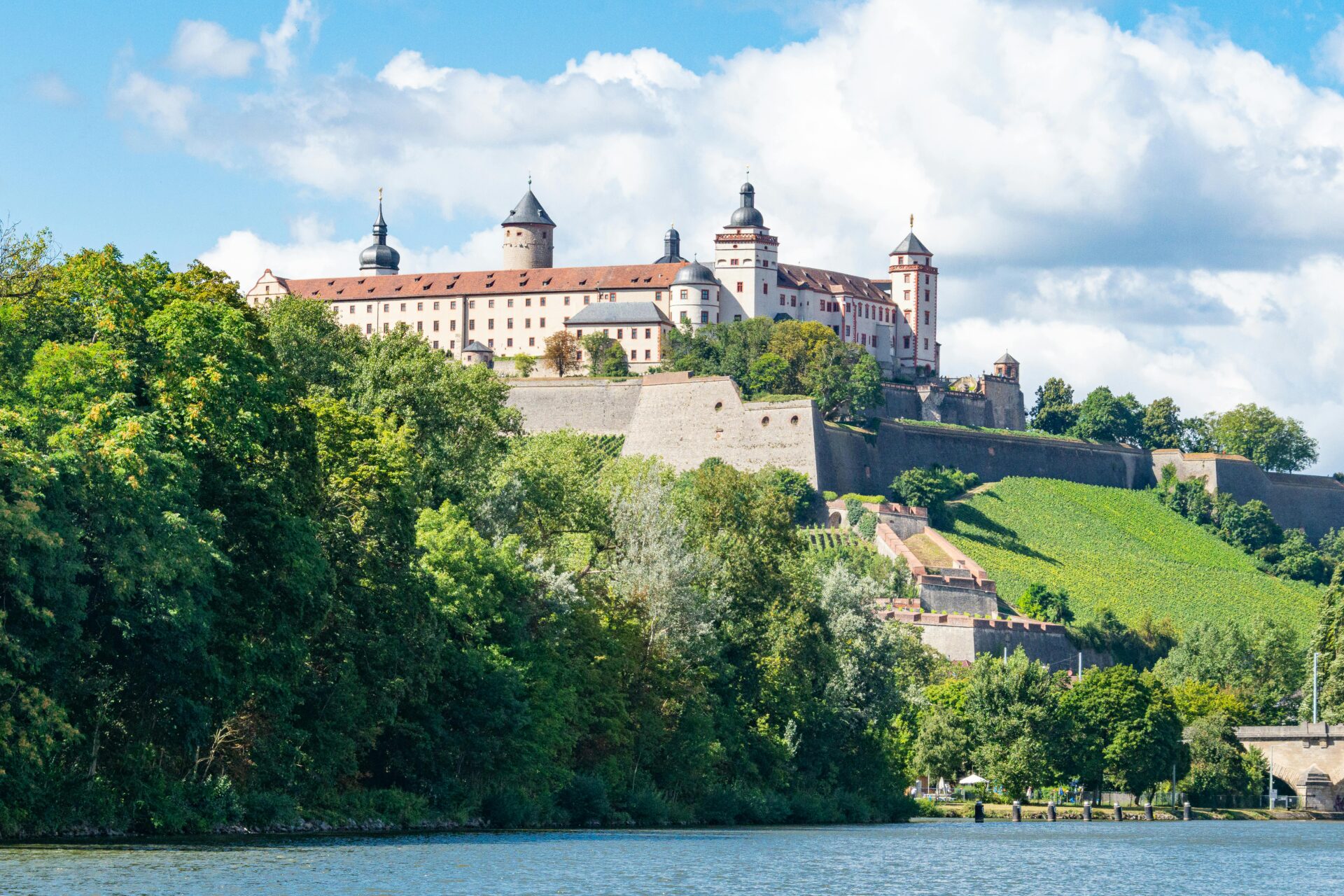
Juliusspital: Baroque Architecture and Storied Wine Cellars
Juliusspital leaves a lasting impression. You’ll find the estate right in town, where a working winery sits inside grand Baroque architecture.
What really grabs me is how alive the place feels. Founded in 1576 as both a hospital and a wine producer, Juliusspital still shapes Würzburg’s wine scene today.
The main building stuns with its ornate façade and soaring ceilings. Anyone who loves architecture should see it.
Below ground, ancient wine cellars stretch for what feels like forever. I’ve wandered past massive oak barrels and under centuries-old stone arches.
Often, I get to taste wine right where it’s aged. Somehow, you can sense the earth in every sip.
Juliusspital’s shop and wine tavern make it easy to sample Silvaner or Riesling—these two thrive in Würzburg’s soil. Between tastings, I like to stroll through the estate’s gardens.
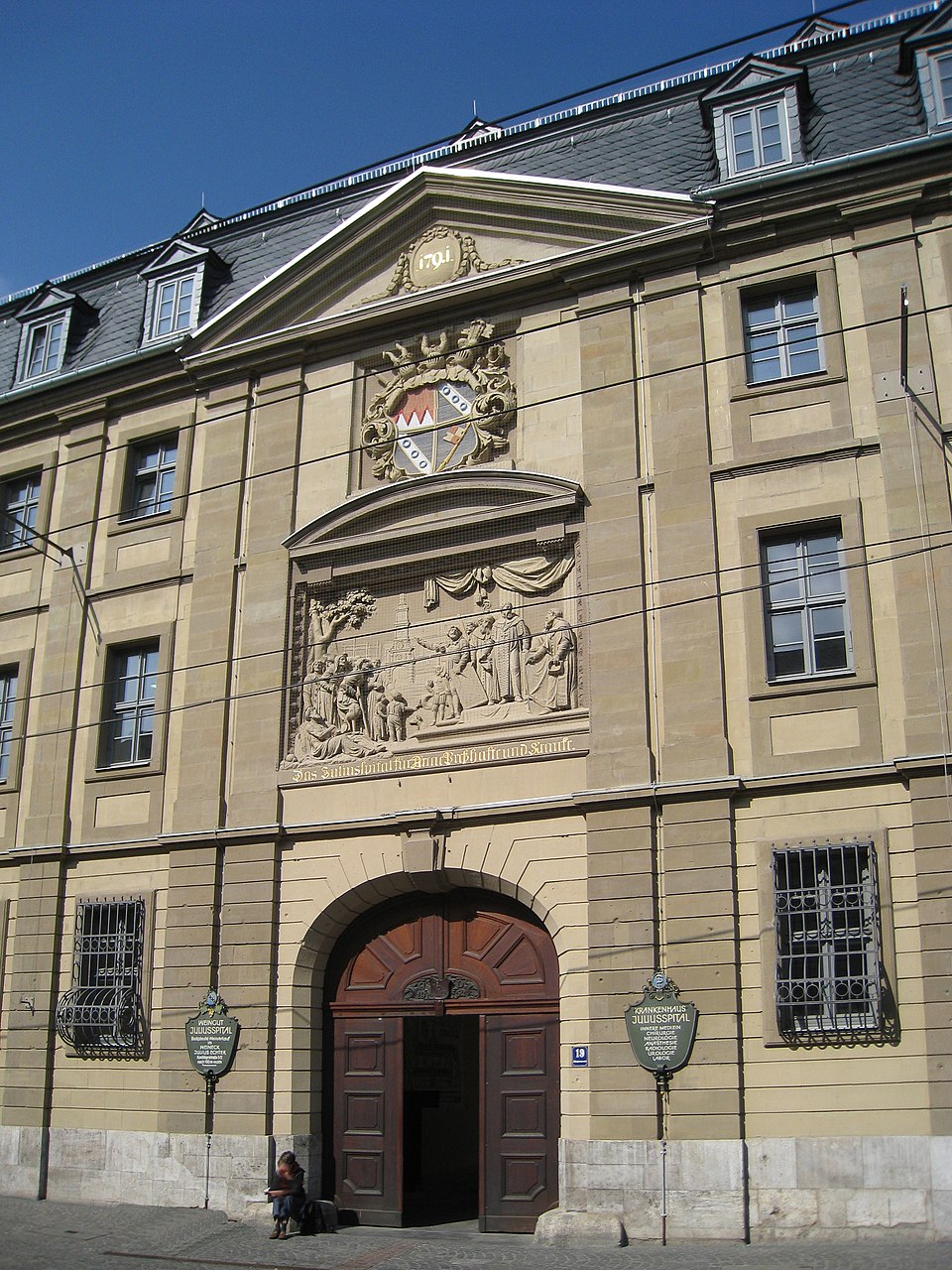
Weingut am Stein: Modern Winemaking Meets Tradition
When I want a glimpse of Würzburg’s winemaking future, I head to Weingut am Stein. This modern winery overlooks the famous Würzburger Stein vineyards.
Sleek glass walls mirror the vines and the city skyline across the river. It’s a cool blend of new design and old tradition.
Tours and tastings here feel laid-back and welcoming. The winemakers love explaining how they work with Grosse Lage (top-class) vineyards and use sustainable methods.
From the tasting room, I get fantastic views of Marienberg Fortress and the city center. It always reminds me how closely Würzburg’s wine connects with its history.
On sunny days, I grab a spot on the terrace with a glass of their crisp Silvaner or mineral-rich Riesling. They often host events, especially when spring wine festivals arrive.
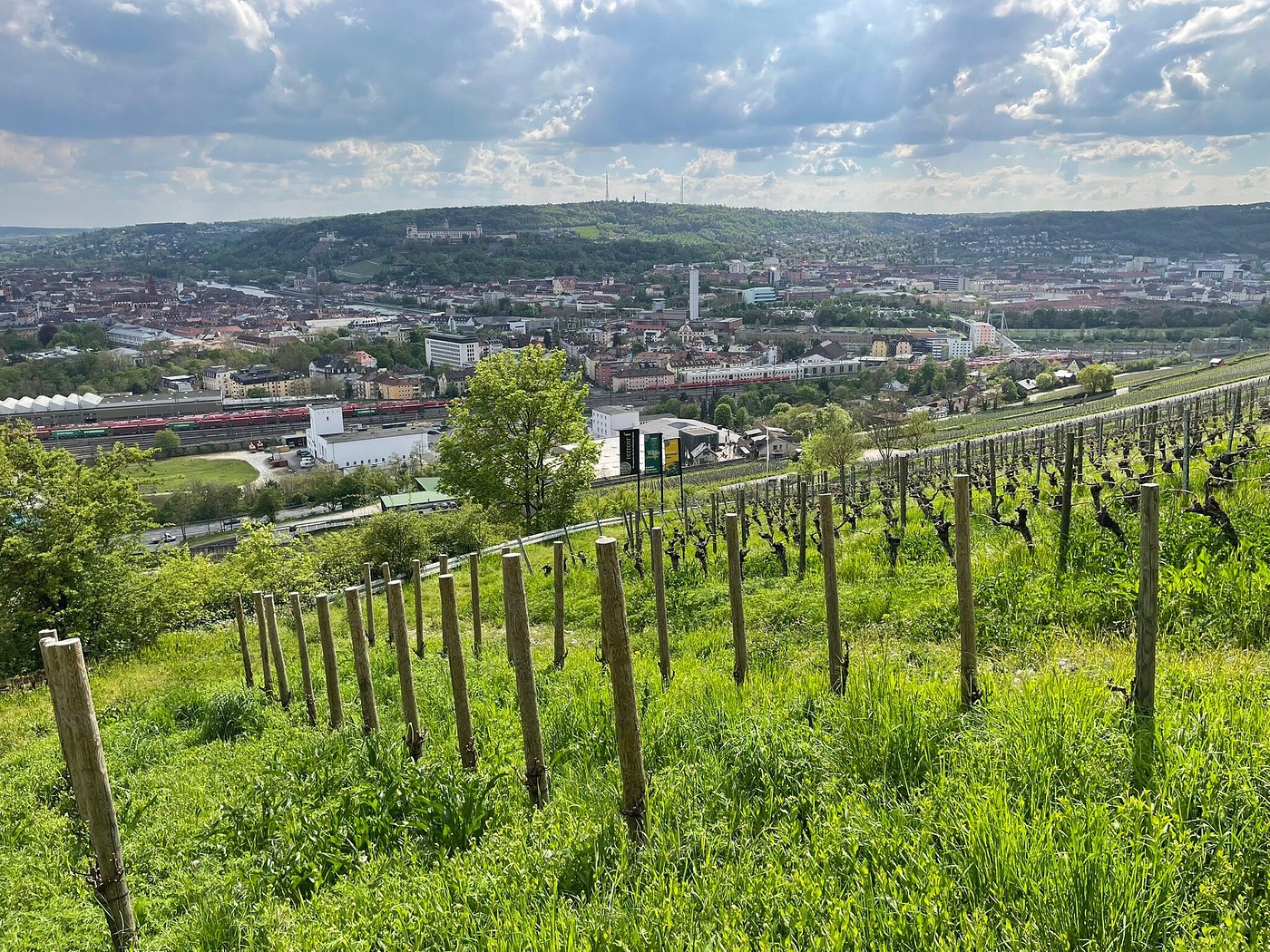
Würzburger Stein & Grosse Lage Vineyards
No vineyard in Würzburg is more iconic than Würzburger Stein. The huge, southwest-facing slope rises just above the city, with rows of vines spreading out like a green amphitheater.
People have prized this spot since the Middle Ages. It’s one of Germany’s top Grosse Lage (grand cru) vineyards.
Walking the trails, I notice how the limestone soil shapes the grapes. Silvaner from the Stein stands out for its crisp acidity and minerality.
Top producers like Juliusspital and Weingut am Stein grow their best lots here. During harvest, the vineyard buzzes with workers picking grapes against the backdrop of Würzburg’s spires.
I never get tired of watching this. If you can, visit in late September when the colors and energy peak.
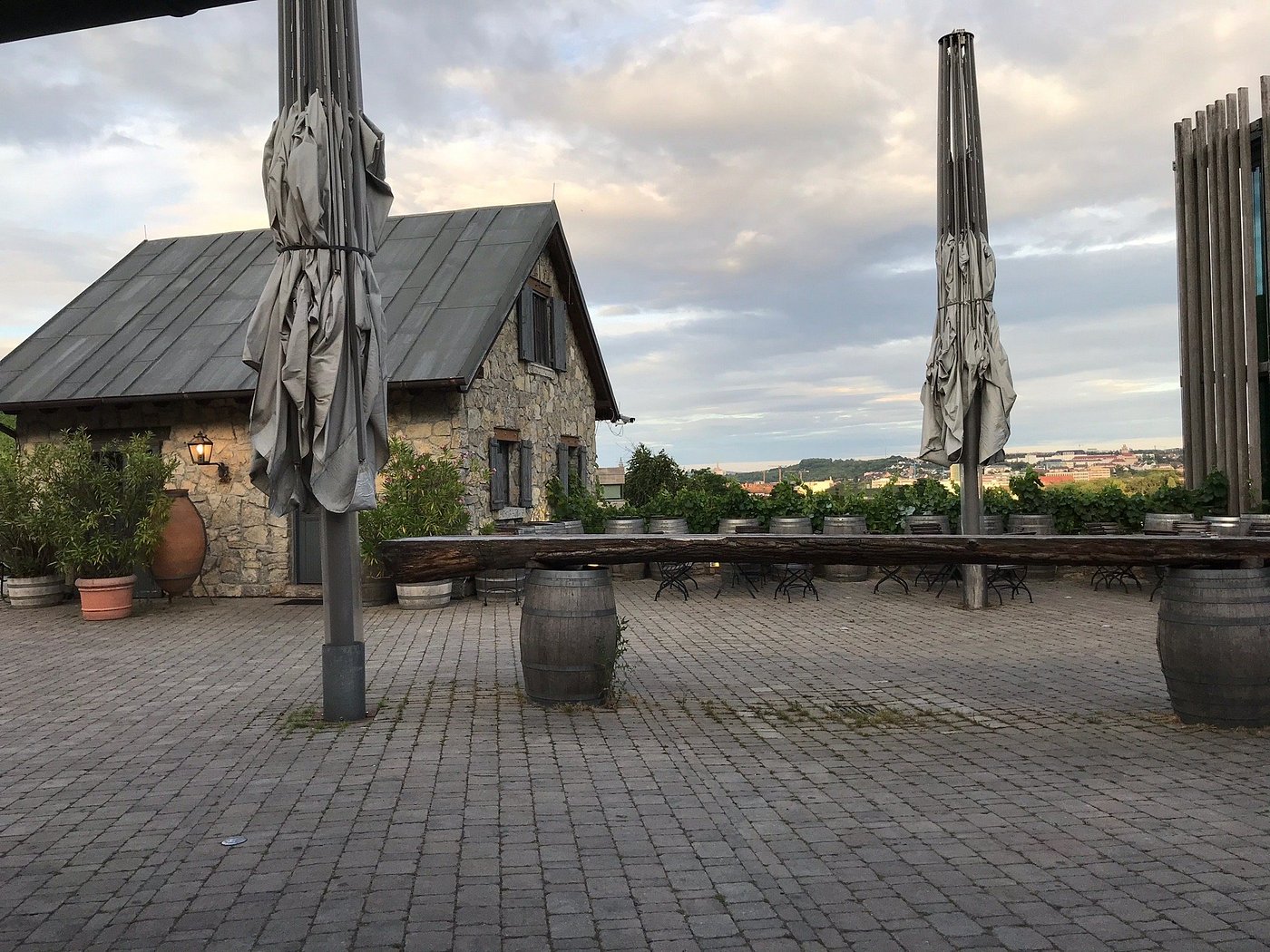
Experiencing Würzburg: Wine Culture, Cuisine, and Old Town Charms
As I wander through Würzburg’s sloping vineyards and cobbled streets, I feel torn—in a good way—between wine traditions, hearty Franconian meals, and the hum of local life along bridges and markets.
Every corner surprises me. Maybe it’s a steaming kitchen, a centuries-old wine cellar, or a sunlit riverbank.
Savoring Franconian Cuisine Among the Vineyards
Nothing beats the taste of Schäufele—that’s Franconian roasted pork shoulder with dumplings—especially when you’re just steps from the vines. Vineyard taverns serve up rustic local dishes that really show off the region’s farming roots.
After walking the rows at Wein am Stein or nearby estates, I like to stop for a meal where every bite pairs perfectly with Silvaner or Müller-Thurgau. These local whites are light but expressive—Franconia’s pride.
Menus often feature Blaue Zipfel (sausages poached in vinegar broth) and crisp pretzels. It’s a satisfying snack after a morning tour.
Some wine taverns serve seasonal specialties with panoramic views. Spring and fall are my favorite times, when the air carries scents from the vines.
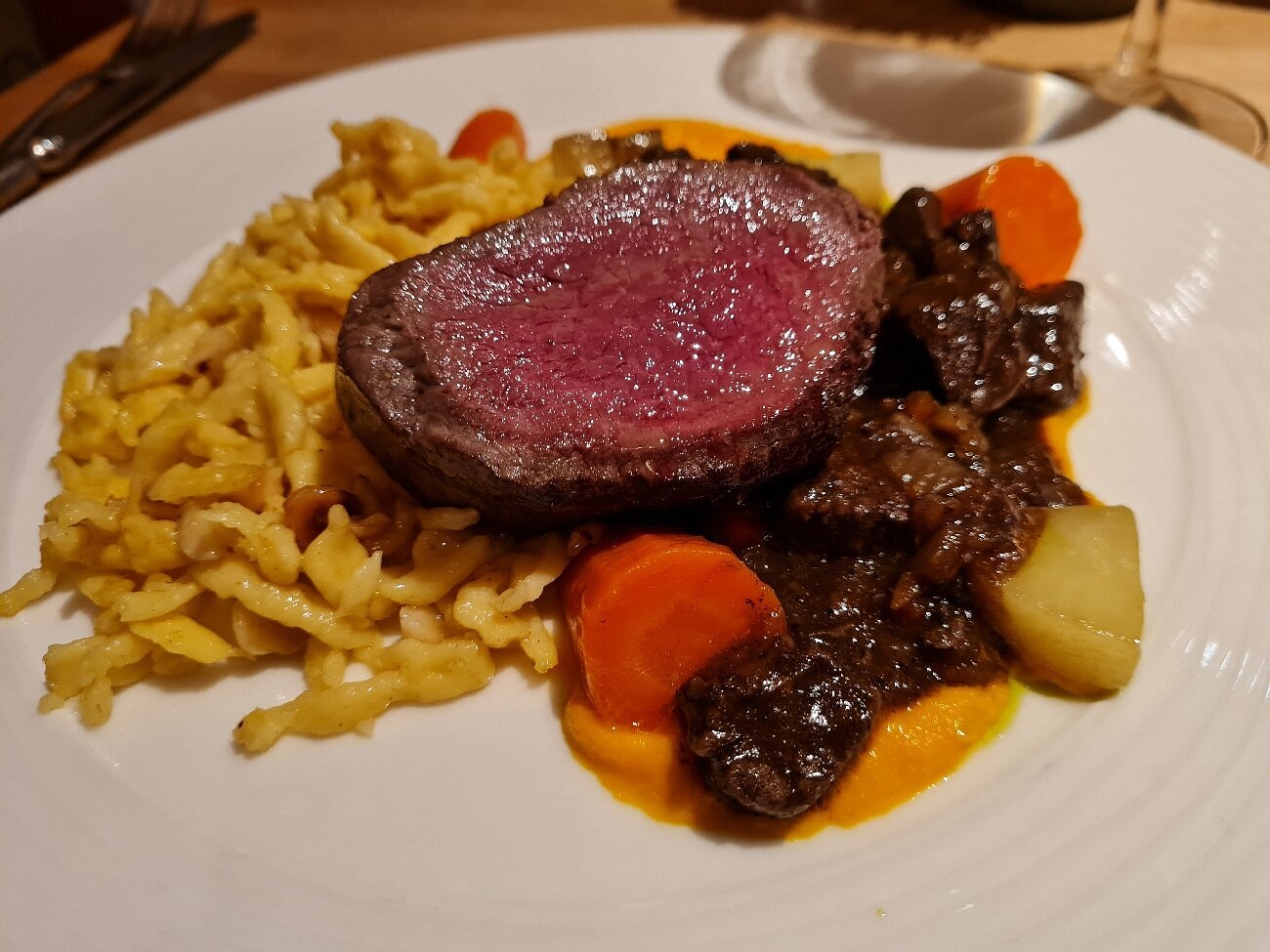
Winetasting in Historic Taverns and Wine Bars
I think the best way to learn about Würzburg’s wines is to taste them where history lives. Weinstuben Juliusspital stands out for its deep cellars and candlelit tables, not to mention the quality of the pours.
I usually ask the bartender for the season’s favorite. Wandering toward the Juliuspromenade, I find plenty of cozy, wood-paneled wine bars offering flights of regional reds and whites.
Many of these spots have stayed in the same family for generations. Evenings fill with locals trading stories over bottles of Bocksbeutel—the squat, round Franconian wine bottle you’ll spot everywhere.
If you want a guided experience, several cellars open their doors for tours. With stone arches, barrel-lined halls, and skilled sommeliers, every taste feels memorable.
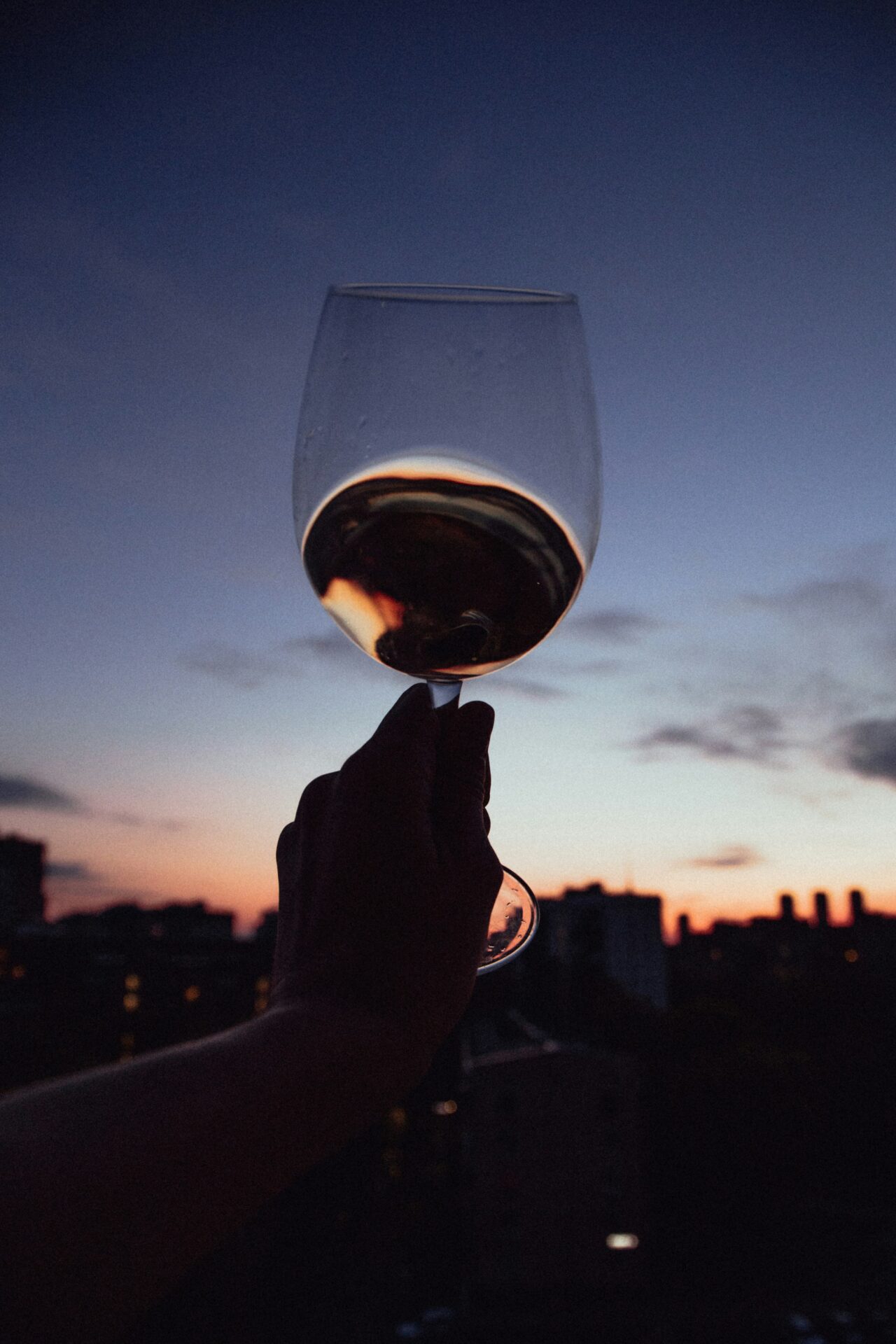
Market Squares, Old Bridges, and Local Life
Würzburg’s heart beats loudest in Market Square (Marktplatz). Fresh produce, flowers, and bakery smells fill the air in the mornings.
I like to wander with a basket, sampling cheeses and picking up spiced honey to bring home. Street musicians and friendly shopkeepers share slices of daily life you just can’t find in a guidebook.
From the square, it’s a short walk to the Alte Mainbrücke (Old Main Bridge). I often join locals and visitors with a glass of wine, lingering as the sun sets behind Marienberg Fortress.
The Old Town, with its pastel facades and half-timbered houses, invites endless wandering. Honestly, getting lost is half the fun.

Navigating Würzburg: Tips, Accommodations, and Getting Around
When I plan my stay, I usually look for central places like the Greifensteiner Hof. It’s close to the main sights but still quiet at night.
If you want more flexibility, private rentals in 97070 Würzburg put you right in the historic core. Getting around is easy.
I use trams and buses for longer trips, but most places are walkable. Tourist information at the main square always has updated maps and event listings, which helps me find last-minute wine tastings or festivals.
Here’s a quick tip sheet:
| Tip | Details |
|---|---|
| Best Area to Stay | Old Town near Market Square |
| For Wine Experiences | Reserve tastings at Juliusspital or Wein am Stein |
| Local Transport | Trams, buses, and plenty of pedestrian areas |
| Essentials | Book during festivals for vibrant atmosphere |
With everything so close, my days fill up fast—wine glasses clinking, old bridges waiting around every corner.
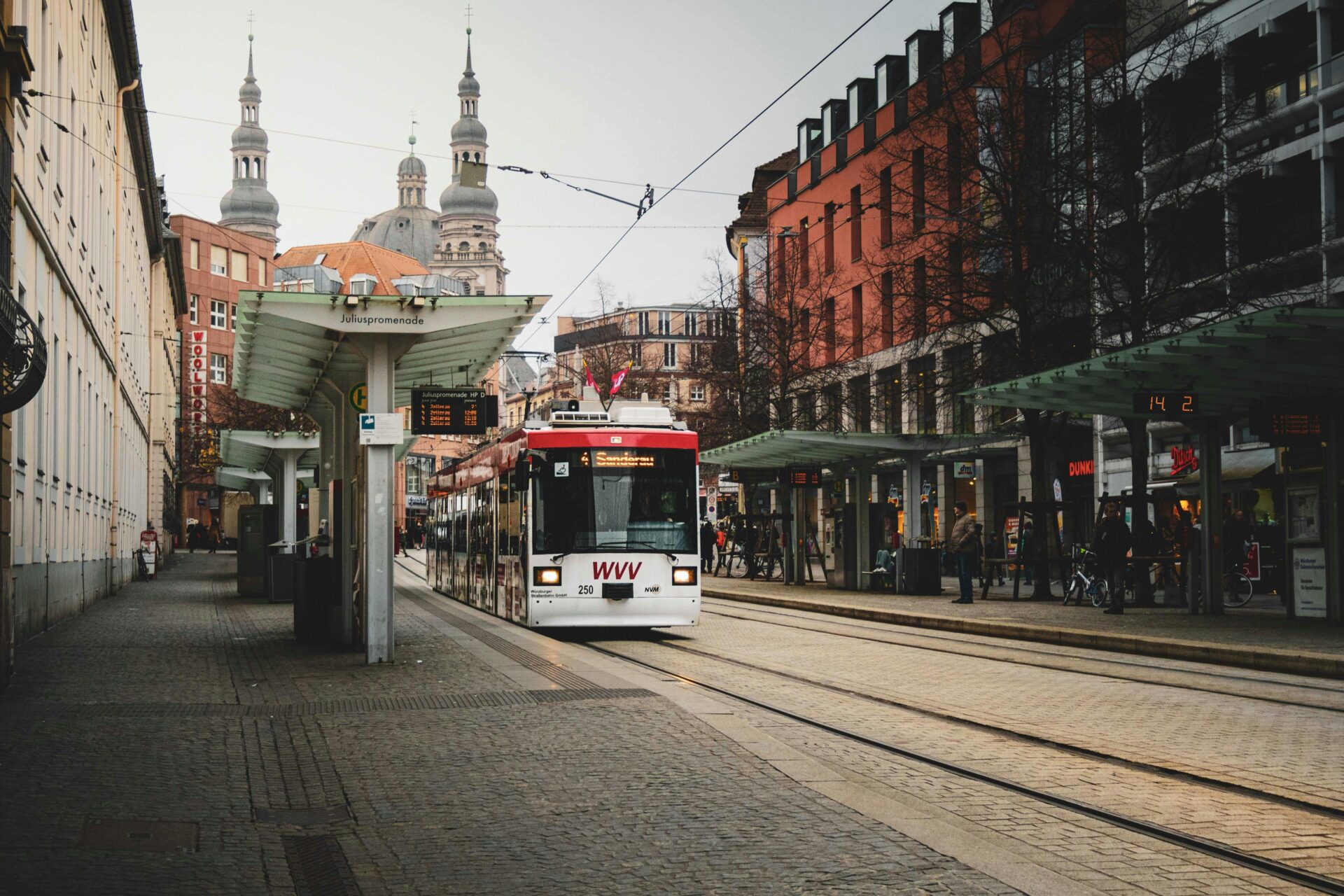
Unmissable Historic Sites for Wine Lovers
Würzburg offers more than just famous vineyards. The city’s history, art, and architecture add depth to every glass poured in its ancient cellars.
As I explore these sites, the sense of place shapes my appreciation for Franconian wine.
Würzburg Residence: UNESCO World Heritage Splendor
The Würzburg Residence stands as a grand Baroque palace and UNESCO World Heritage Site. Built in the 18th century, it housed the prince-bishops who molded the region’s wine culture.
The first time I saw the palace façade, I felt awed by its sheer scale and detail. Inside, I always head straight for the grand staircase.
Above me stretches the world’s largest fresco, painted by Giovanni Battista Tiepolo. The themes cover every continent known at the time, but I linger over the scenes tied to Franconia’s wine traditions.
Don’t miss the Martin von Wagner Museum, tucked within the palace, with its fine art and antiquities.
A tour here blends opulent architecture with Würzburg’s wine legacy. The cellars below the palace still age bottles from the Staatlicher Hofkeller, one of the world’s oldest wineries.
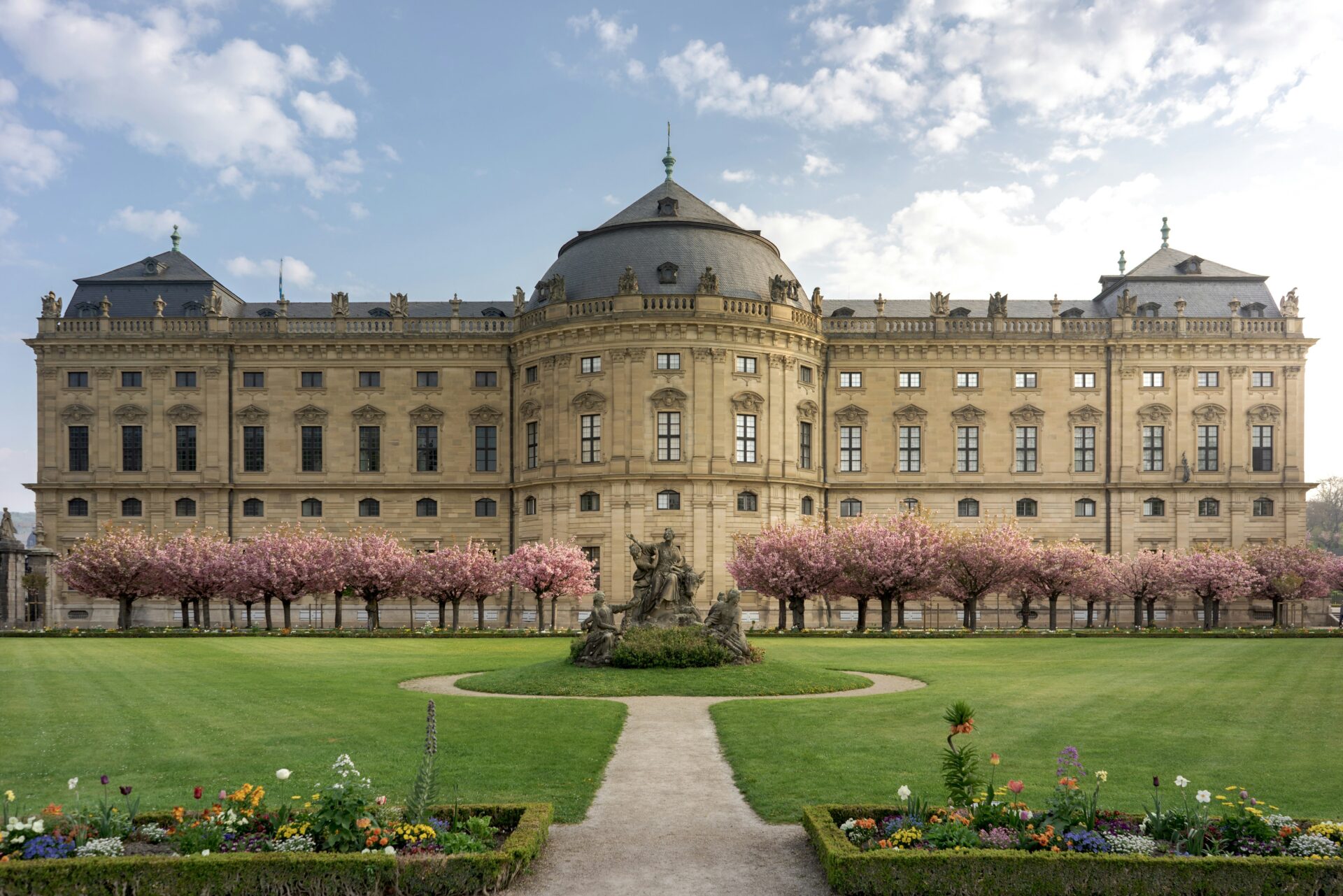
Court Gardens, Palatial Frescoes, and Hofgarten Strolls
The Court Gardens (Hofgarten) behind the Residence feel like living art. On sunny afternoons, I walk through neat box hedges and past statues of classical gods, almost like stepping into a painting.
Spring brings bursts of tulips and cherry blossoms. In autumn, golden vines set the mood for peaceful strolls.
Even if you’re not a gardener, the fragrant air and birdsong make wandering here a treat. I like to pause beside the Baroque statues topping the balustrades—little details that echo the palace’s grand style.
The gardens often host wine festivals and outdoor concerts. For me, it’s the perfect place to sip a local Franconian wine and just relax.
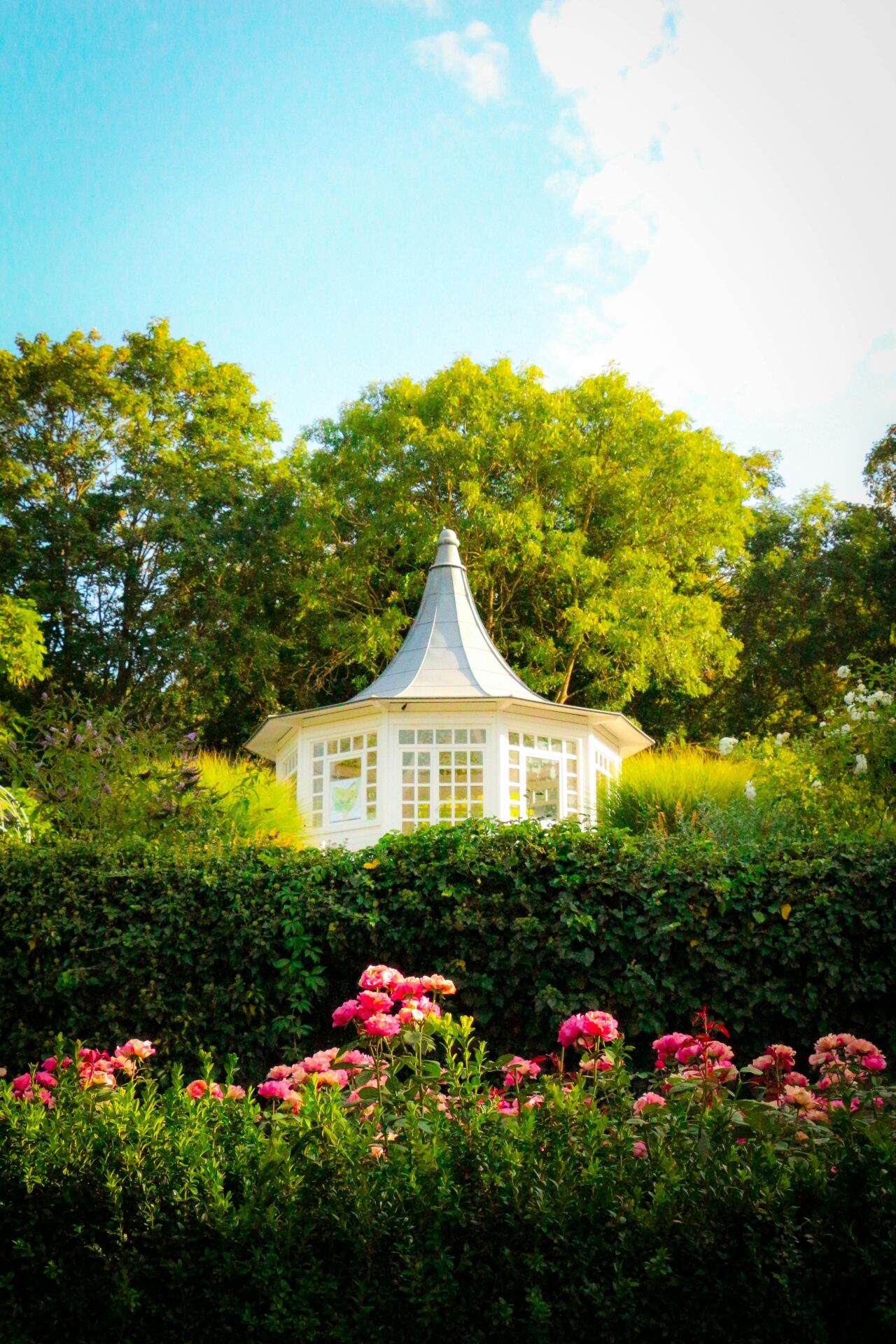
St. Kilian’s Cathedral, Neumünster, and Marienkapelle
Würzburg’s famous churches aren’t just historic—they’re part of the city’s wine story. St. Kilian’s Cathedral survived World War II and now stands as Germany’s fourth largest Romanesque church.
I remember staring up at its twin towers, thinking about the generations of winemakers and townsfolk who’ve gathered here. Down the street, Neumünster’s Baroque façade and peaceful cloister garden offer a quiet break between tastings.
Don’t skip Marienkapelle on the busy Markt square. Its bright red color and Gothic spires catch my eye from blocks away.
Inside, I always stop to admire the sandstone figures by Tilman Riemenschneider. The craftsmanship is as detailed as any wine label, making these churches a worthy addition to any wine lover’s tour of Würzburg.
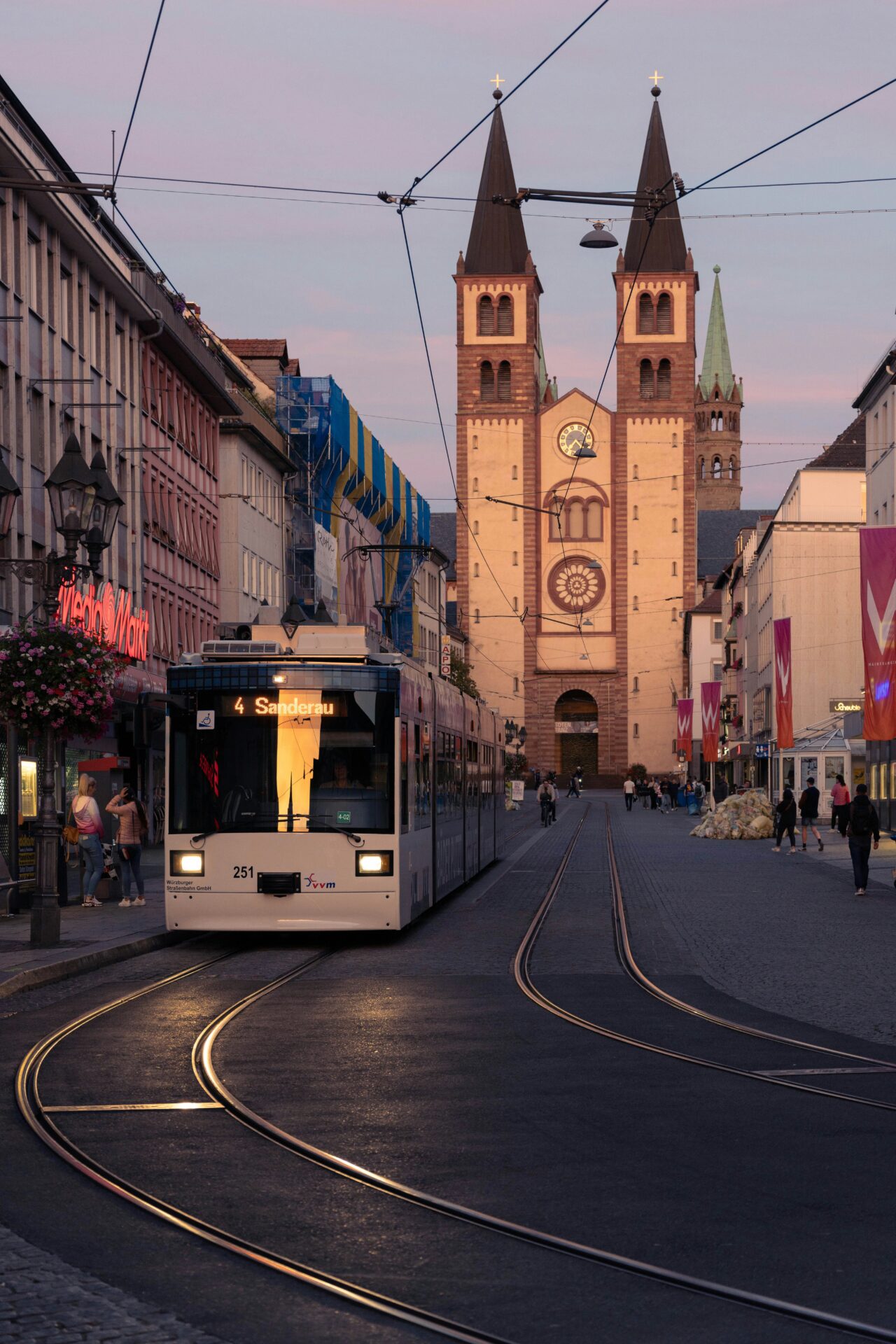
Art, Statues & Architecture on the Romantic Road
Walking Würzburg’s stretch of the Romantic Road feels like a treat for anyone into art or wine. Baroque statues pop up everywhere—saints line the Old Main Bridge, and you’ll spot allegorical figures hanging out near Falkenhaus.
Whenever I cross that bridge at sunset, wine glass in hand, the details just light up against the vineyards on the hillside. It’s honestly hard not to pause and soak it all in.
The Romantic Road’s architecture goes beyond just looking nice. It invites you to slow your pace and really catch the city’s vibe.
In a few of the main squares, I noticed outdoor wine stands tucked right next to old buildings. Sampling a glass of Silvaner or Müller-Thurgau while staring up at those fancy gables? Not a bad way to spend an evening.
If you want to dig deeper, the Martin von Wagner Museum shows off art and artifacts that really tell Würzburg’s creative and winemaking story. The mix of art, history, and easy access to good wine honestly makes every block feel like its own little adventure.

